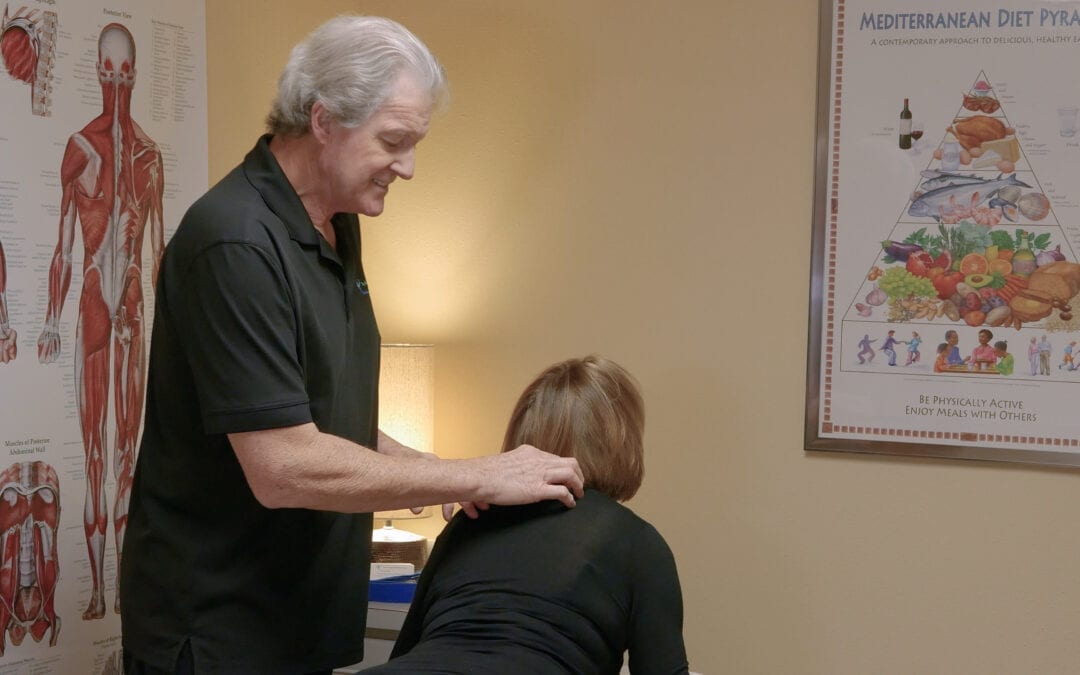
Foot pain has created an entire industry from shoes to specially trained physicians. We have blamed flat feet for arch pain, which led to arch supports and orthotics to prop up the arches which help temporarily. There are special shoes with heel supports, arch supports, and supports if you supinate or pronate. Again, a temporary fix. People are now being told to not walk barefoot, especially on hard surfaces. These are all temporary fixes as they are only addressing the symptom and not the cause. You can stop foot pain without expensive tools.
The first thing to do is start by understanding why the foot hurts. Rarely is the site of pain, the cause. The calf muscles control most of the movements of the feet. There are 4 calf muscles. When I was young, I thought there was only one muscle as that was how it was always presented to me. Maybe the coaches thought the same thing.
The inside calf muscle, the Plantaris, controls the height of the inside of the foot. When this muscle is short, the person will tend to walk on the outside of the foot. This can cause pain on the outside of the foot, pain in the arch, or pain in the ankle. By hitting the outside of the foot, there is a lot of pressure placed on very small bones with little fat for cushioning. On top of those issues, walking on the outside of the foot can lead to bunions, nerve pain, and calluses on the big toe. If this is happening, the shoes will wear out on the outside first.
Why Do You Feel Pain?
The four calf muscles control the vertical, lateral, and rotational movements of the foot. If the tow middle calf muscles get tight, you may experience Plantar Fasciitis or Achilles tendonitis. If the outside or inside calf muscles are tight, you may experience pain on the outside or inside fo your foot.
The amazing fact about the calf is how few people in the country actually stretch them. Most trainers, coaches, and physical therapists teach a calf by standing on a slant board, step, or leaning against the wall with one foot back. Unfortunately, these stretches never stretch the outside or inside calf muscle which leads to many foot problems that people suffer. By lengthening these 4 muscles, the ankle can be free to move through its full range.
The scary thing is few people can actually move their ankle through the full range. I love to watch people walk. Too many use a short stride and will lead with the nose. This causes neck pain and low back stiffness. A person may feel they are taking longer strides and they are based on the ankle’s range of motion. Unfortunately, if they are leading with their noses, chances are their stride is too short.
How to Stretch Your Calves
I would suggest getting a yoga strap, rope, or anything that does not stretch. Stretching with a stretchy band is strength training and the muscles will tighten. When stretching my calves, I sit on the floor with my back against the wall. however, If you cannot sit on the floor, then sit in a hard-backed chair with an ottoman. The key is to have back support and not lean back.
Next, place the rope around the ball of one foot, gently pull the toes back towards the body. Hold the stretch for 3-5 seconds and repeat 8-10 times. A few things not to do. Do not pull hard enough to lift the heel off the floor or ottoman. Use only the strap to stretch, remember this is about letting go. Forcing the movement with strength as it will cause the muscles to go into strength training mode.
Next, rotate the foot to the right and repeat the stretch, holding 5 seconds and repeating 10 times. Finally, rotate the foot to the left and repeat the stretch. Make sure to do the other foot so the body will be in balance. You can stop foot pain without expensive tools. Check out my blog article,https://musclerepairshop.com/wp-admin/post.php?post=1609&action=edit.
Conclusion
Stretching is about letting go with the brain by relaxing the muscles and feeling the muscle extend gently. Forcing the stretch will only cause the muscles to tense up and not allow you to free up the muscle. I would do these every morning and evening for 2 weeks or until they feel looser. I would follow this up with practicing how to walk with a longer stride. in a future blog, I will discuss how best to increase the stride.
Check out my videos on my YouTube channel, https://www.youtube.com/musclerepairshop, and visit my website at https://www.musclerepairshop.com.


